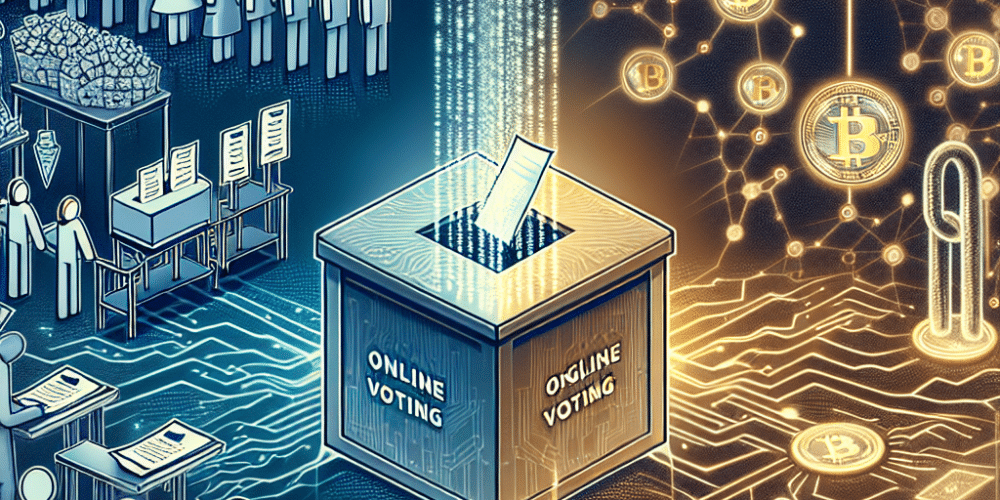In a landmark development, Estonia has recently announced the adoption of a new blockchain-based online voting system, aiming to enhance security and transparency in its electoral processes. This groundbreaking initiative positions Estonia as a global leader in electoral innovation and digital democracy.
As the digital landscape evolves, the integration of blockchain technology into voting systems is a critical step towards mitigating cybersecurity risks while promoting efficiency. Estonia, renowned for its digital government services, has consistently been at the forefront of technological adoption. The implementation of this blockchain system, developed in collaboration with cybersecurity experts and blockchain developers, is anticipated to safeguard electoral integrity by ensuring that votes are both unalterable and verifiable.
The new system employs a decentralized platform, where each vote is recorded as a unique block in the chain. This method not only prevents tampering but also allows voters to verify that their votes have been counted without compromising their anonymity. Such features address longstanding concerns about online voting, including fears of hacking and vote manipulation.
This initiative comes at a crucial time when public trust in electoral processes is wavering in many parts of the world due to allegations of election interference and fraud. By adopting blockchain, Estonia not only enhances its own electoral security but also sets a benchmark for other nations to follow. According to the Estonian Minister of Digital Affairs, “This initiative is more than just a technological upgrade; it is about strengthening the foundations of democracy and trust in public systems.”
Experts believe that blockchain’s potential in electoral systems could lead to widespread adoption worldwide. Dr. Fiona Thompson, a cybersecurity analyst, notes, “Blockchain could potentially revolutionize how we think about electoral integrity. Its ability to maintain a tamper-proof record can significantly increase trust in online voting systems.”
However, the transition to blockchain-based voting systems is not without challenges. One of the primary concerns is digital literacy. Ensuring that all voters understand how to use the new system is vital for its success. Additionally, there are issues regarding scalability and the environmental impact of blockchain technologies, which require considerable computational power and energy consumption.
Despite these challenges, the positive implications of blockchain in enhancing democratic processes are immense. It not only streamlines operations but also drastically cuts down costs associated with traditional voting methods, such as paper ballots and manual counting. Moreover, it makes voting accessible to citizens who are abroad or unable to visit polling stations, thereby increasing voter turnout.
Looking ahead, Estonia’s pioneering project could serve as a model for other countries contemplating similar technological upgrades. As nations globally strive to strengthen their democratic processes and restore public trust in elections, blockchain technology could play a pivotal role.
This development affirms the growing significance of blockchain beyond its initial financial applications, such as cryptocurrencies, to more broadly serve the public good. As we advance, the focus will likely shift towards perfecting this technology, addressing its shortcomings, and expanding its applications to other areas of public life.
In conclusion, Estonia’s new blockchain-based online voting system is a significant stride towards more secure, transparent, and efficient electoral processes. As this technology continues to evolve and address its existing challenges, it could very well become the new standard for democracies worldwide, ensuring that every vote is counted and protected in the digital age.




